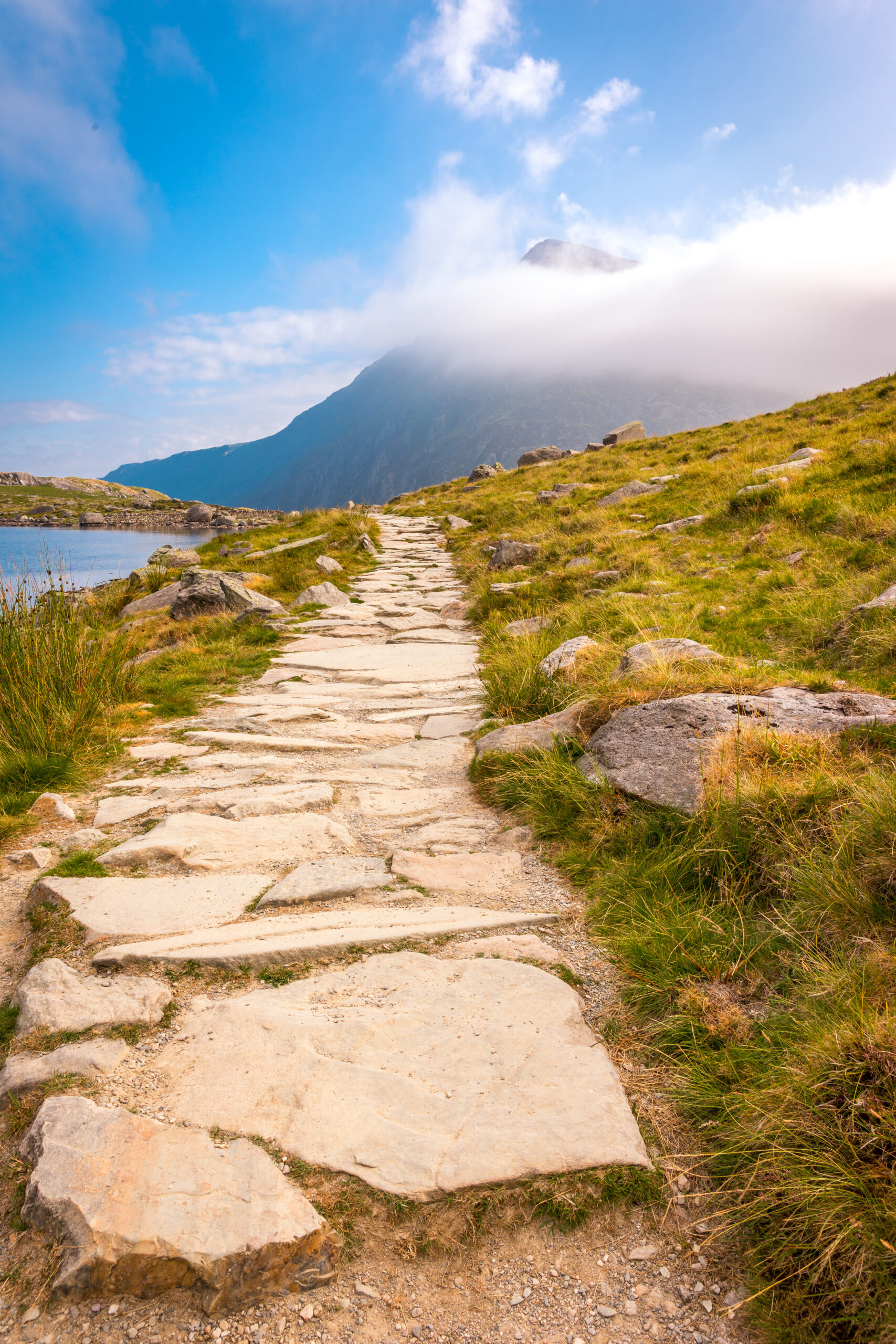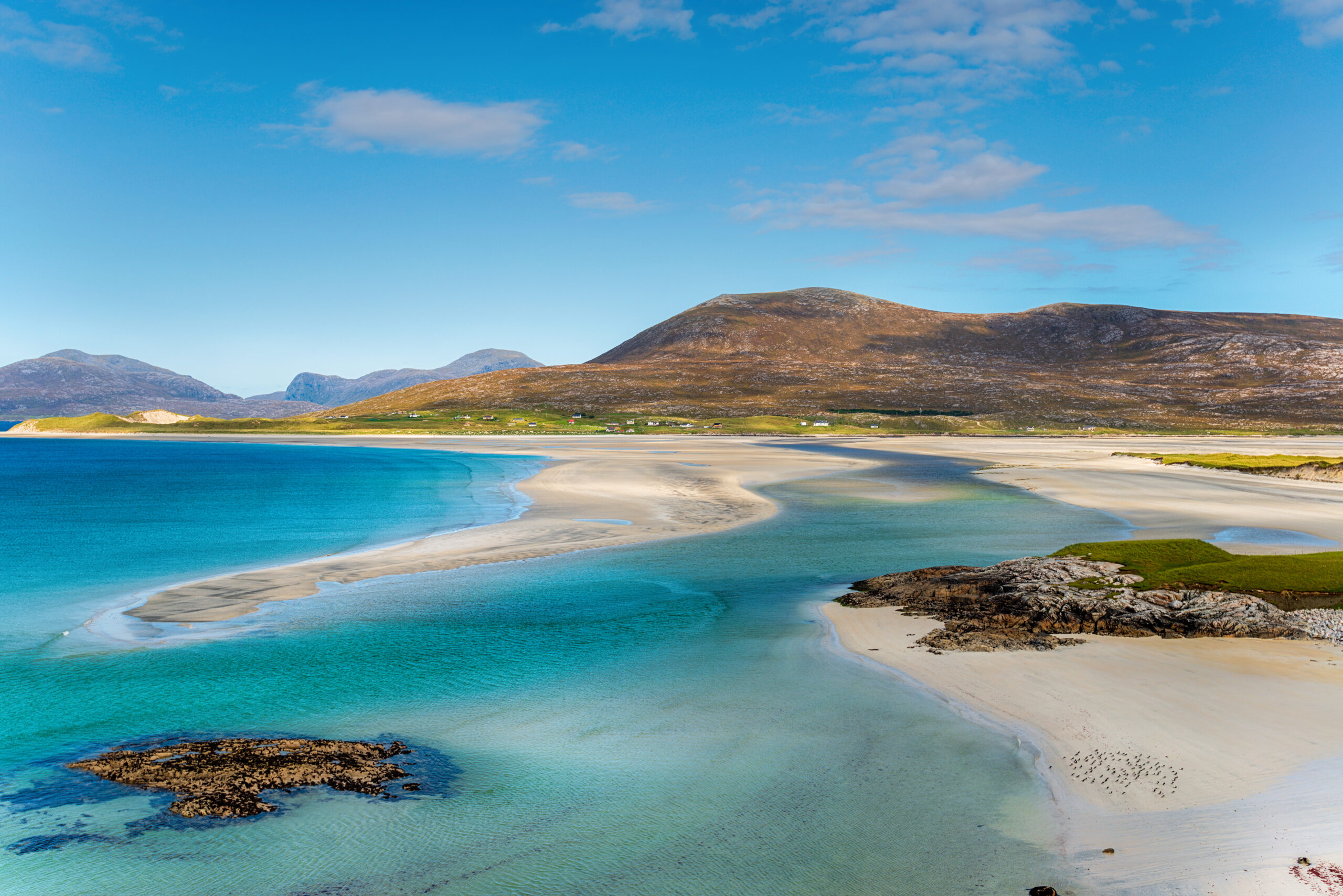London Calling: A Walking Holiday on the Thames Path
Here at Absolute Escapes, we’re always looking for exciting new possibilities to bring to our clients, whether it be a new walking trail, or offering more varieties of accommodation on our existing trails. It was for this reason that I found myself in Windsor about to embark on a week-long walking holiday along England’s longest river to the Thames Barrier.
The Thames Path is unique in that it is the only National Trail to follow a river in its entirety, from source to sea. From quaint quiet countryside stream to cross-city highway, walkers can enjoy the constant companion of the river by their side and watch its evolution as the flora and fauna of the western Thames gives way to palaces, houseboats, and the innumerable iconic sights of London in the east.
Running for 57 miles (91.5 km) from Windsor to the Thames Barrier, why walk the Thames Path – East?
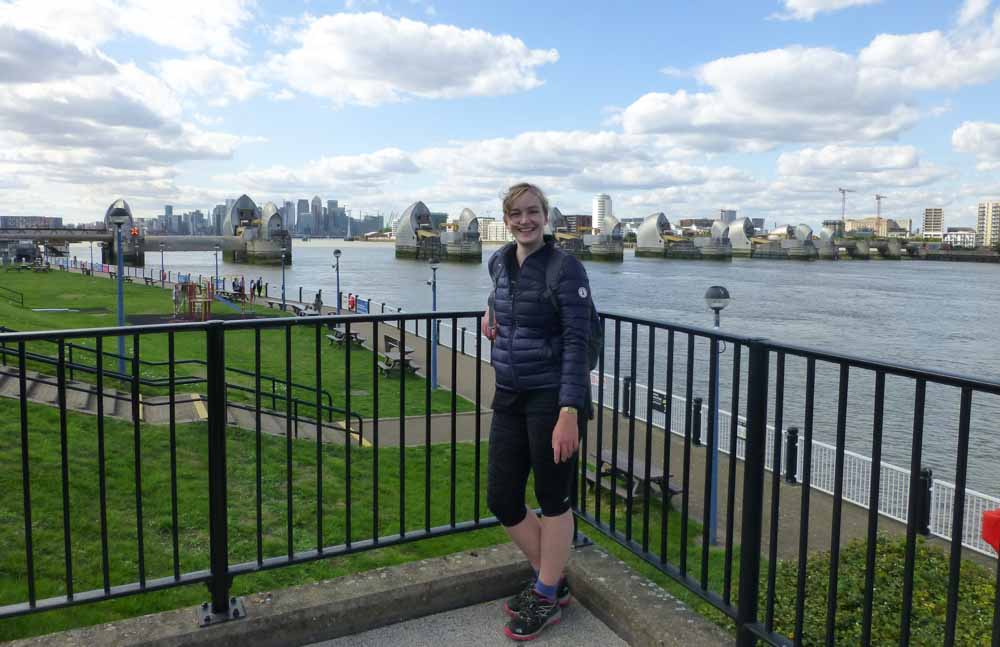
Windsor – 900 Years of Royal History
Starting your walking holiday in Windsor is just one of the many treats this section of the Thames Path has in store for walkers. This historic town is home to the oldest inhabited castle in the world, Windsor Castle, which can be visited throughout the year except when the Queen is in residence.
Highlights include the changing of the guard, the State Apartments (which house the impressive Royal Collection), and the surrounding Windsor Great Park.
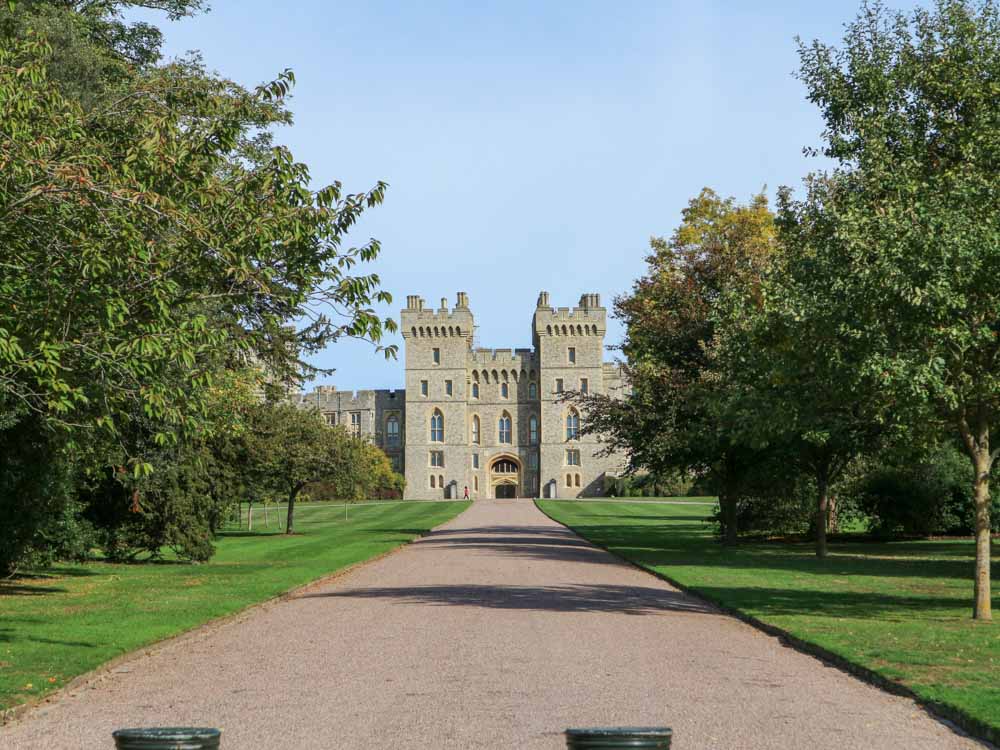
On the first day of walking the Thames Path – East, I traversed the 5,000-acre royal park as the Thames Path skirts the edge of the park, offering fantastic views of the park and castle, as well as some of the charming buildings on the route.
Walking along the edge of the park it’s easy to see why it’s a firm favourite amongst the royals.
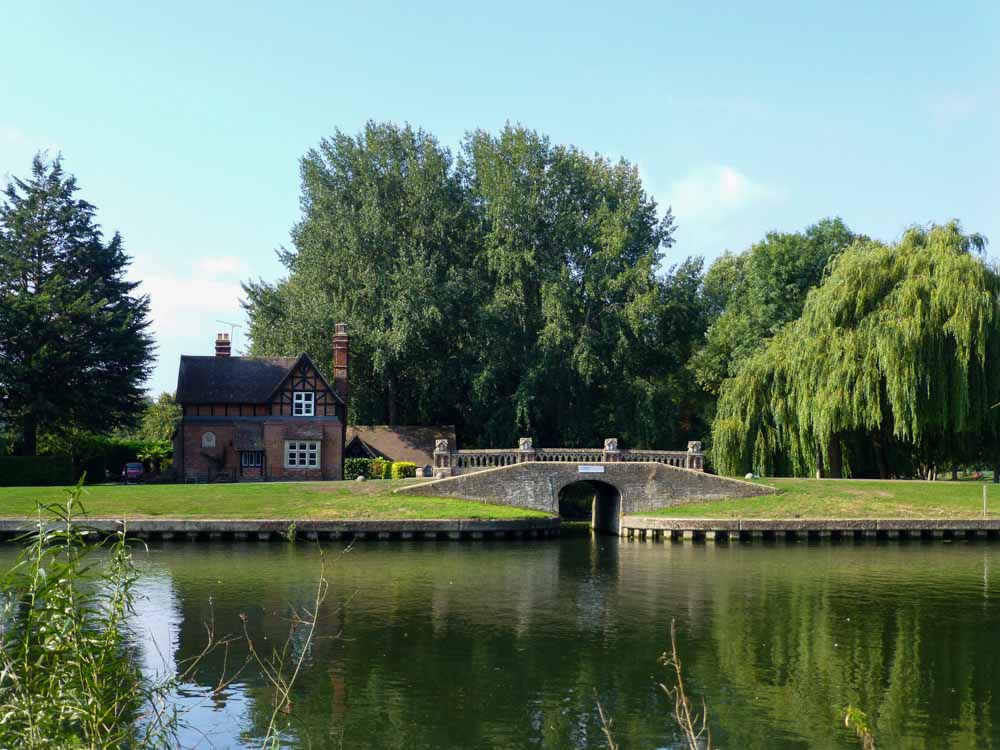
Runnymede & Ankerwycke
From Windsor, the route continues towards Runnymede and Ankerwycke – the site of the historic sealing of the Magna Carta.
The Magna Carta is a cornerstone of the British Constitution. Written in 1215, it established the principle that everyone, including the King, was subject to the law. One of the most famous texts in the world, visiting the Magna Carta memorial site is sure to be of great interest to history lovers.
Runnymede also features a statue of the HRH Queen Elizabeth with a history of the United Kingdom engraved into the flagstones around her.
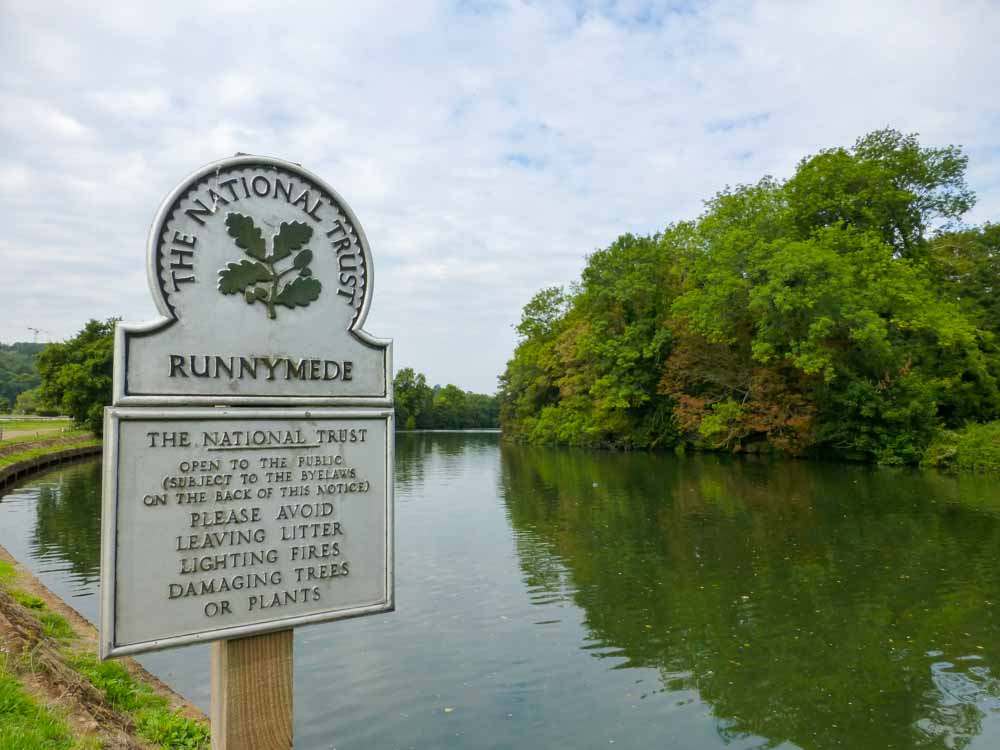
Shepperton – An Unexpected Ferry Journey
Downstream from Runnymede, having passed through Staines and Egham, walkers have a choice of routes at Shepperton. If you’re like me and you love being on the water, you will delight in calling for the small ferry to take you across the River Thames. Those yet to find their sea-legs may prefer to take a detour in order to cross the river by bridge.
With the exception of a 20-year gap, there has been a ferry running from Shepperton to Weybridge for the last 500 years. Whilst the journey time is less than five minutes, it’s exciting to experience the river whilst being on top of it, rather than walking alongside!
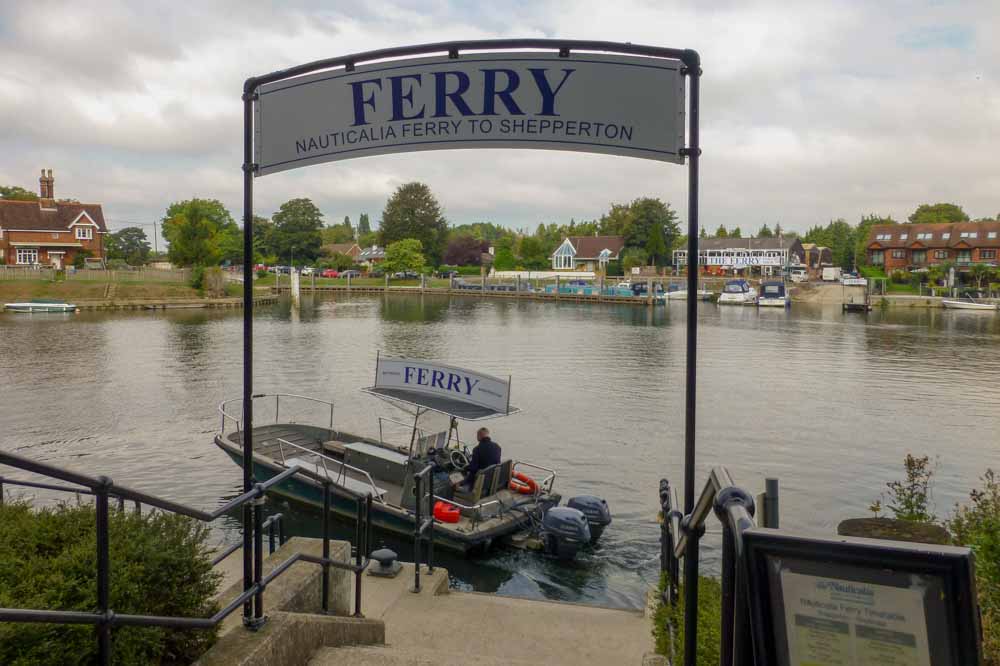
Fit for a King – Hampton Court Palace
As the Thames Path – East approaches London, it’s easy to see that you’re approaching one of the world’s great cities. The numbers of houses lining the Thames become more numerous, the houseboats become grander and more intricate, and the number of notable sights grows with each mile.
From Shepperton, beyond enjoying the constant companionship of the river flowing quietly next to me, I was most looking forward to reaching my next big sight – Hampton Court Palace. Gifted to King Henry VIII in 1529, Hampton Court Palace is one of only two remaining buildings owned by the notorious king, and the palace, its gardens, maze, historic tennis court, and huge grapevine (the largest in the world) attract thousands of visitors annually and are well worth stopping at for a spot of sightseeing.
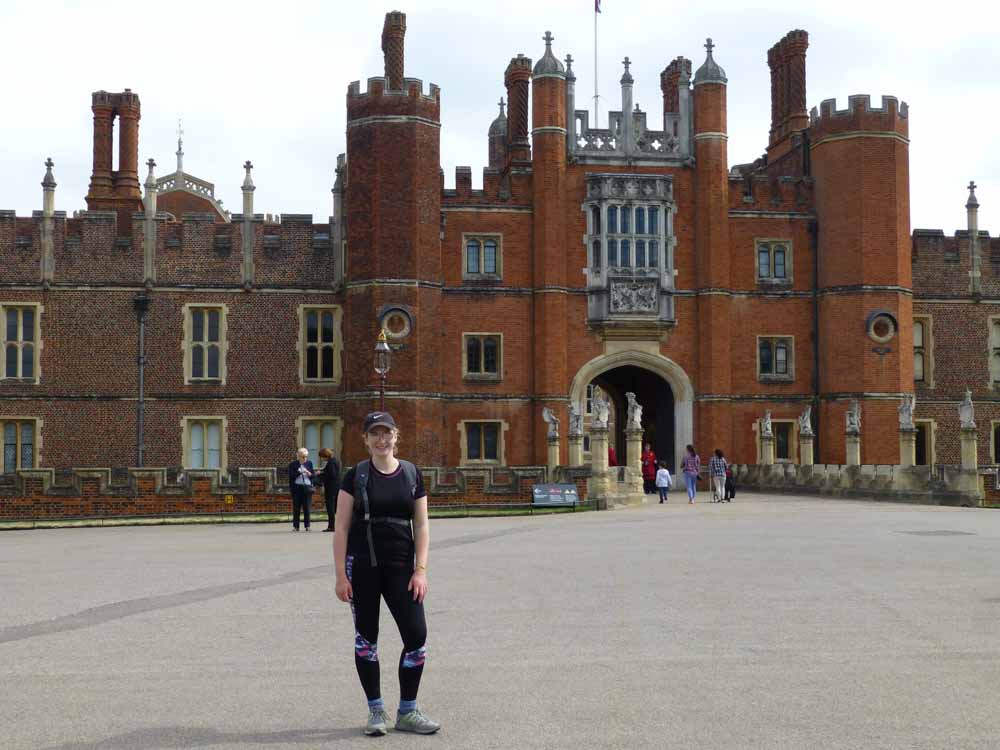
Once I’d exhausted the wealth of rooms and artefacts within Hampton Court Palace, it was time to continue on foot, passing through Hampton Court Park.
Here I must confess that I strayed from the path to wander through the park and admire the resident deer – from a respectable distance of course!
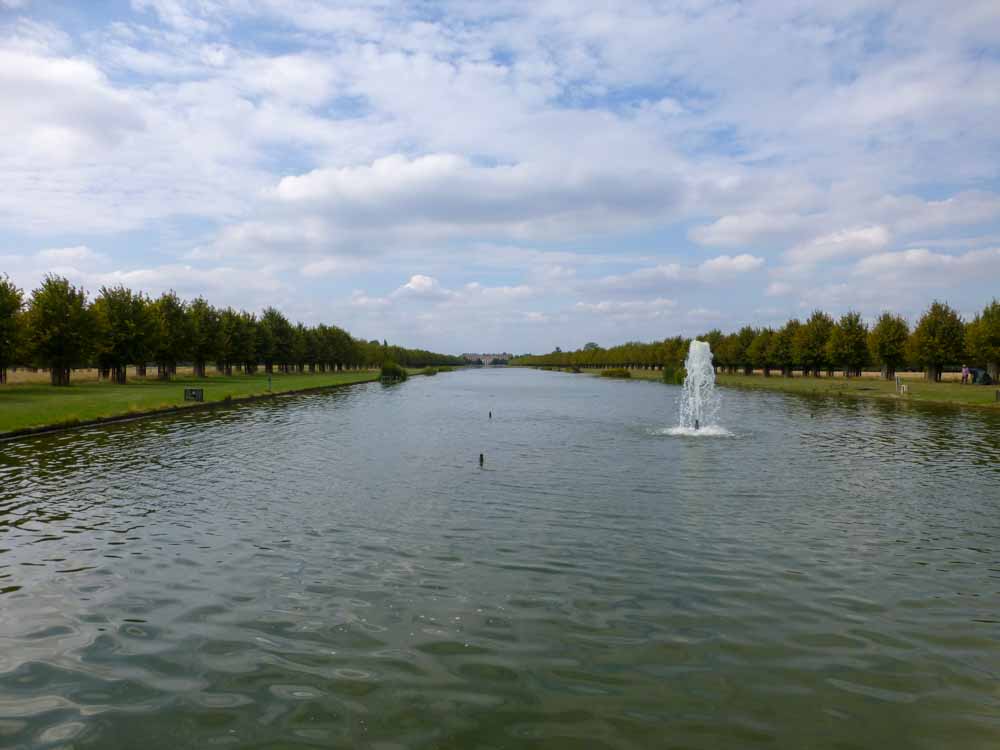
On Route to Richmond
The Thames Path passes by Teddington Lock which is noteworthy as it is this point that the river becomes tidal. Here, the Thames Path – East also offers a choice of routes through London, following the north or south side of the River Thames through London to Greenwich.
Generally, the south side of the river is preferred by walkers, and I found that this offered a greater number of sightseeing opportunities and allowed me to stay closer to the river.
On approach to Richmond, walkers pass by Ham House and Garden, as well as Marble Hill House on the opposite bank. These beautiful houses hint at the extensive history of the areas you are walking through, both with impressive stories and historical significance.
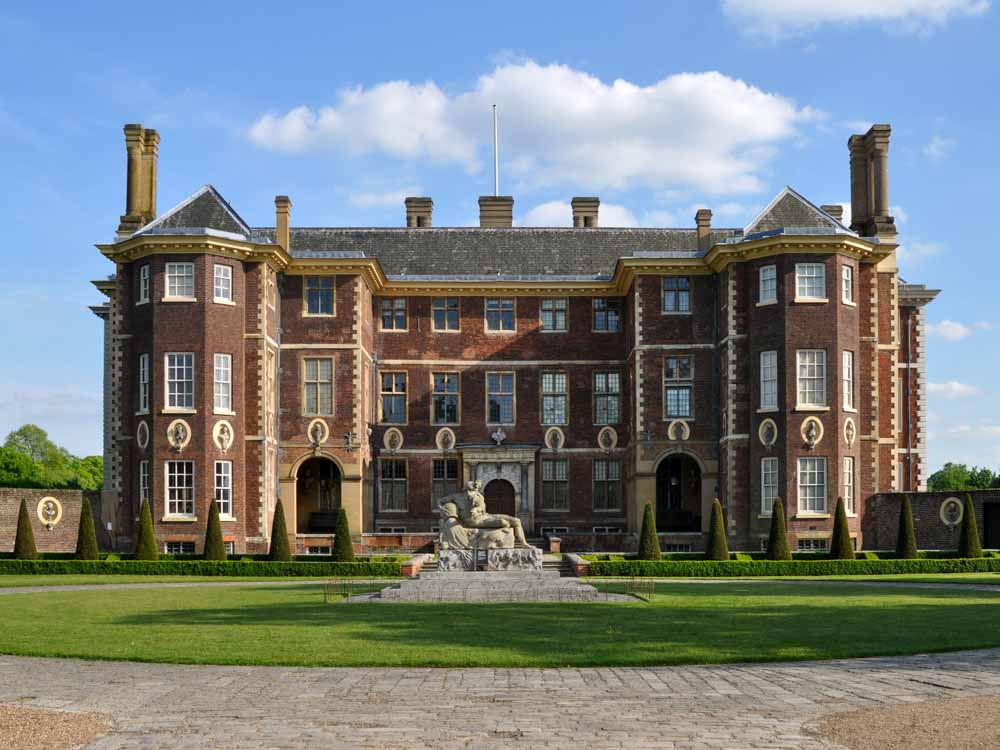
Richmond & Kew Gardens
The Royal Borough of Richmond upon Thames is a charming and affluent area which, whilst being in close proximity to London, boasts several parks and green spaces and feels a lot more rural than it actually is.
For a botany enthusiast such as myself, a visit to the Royal Botanic Gardens at Kew is a must. Kew boasts the “largest and most diverse botanical and mycological collections in the world”, and the gardens are certainly worthy of a visit. I was fortunate enough to visit the Gardens whilst the beautiful sculptures by Dave Chihuly were on display, however, even without these displays the gardens can be admired for hours on end. Dangerous if you’ve got a few miles left to walk on the path!
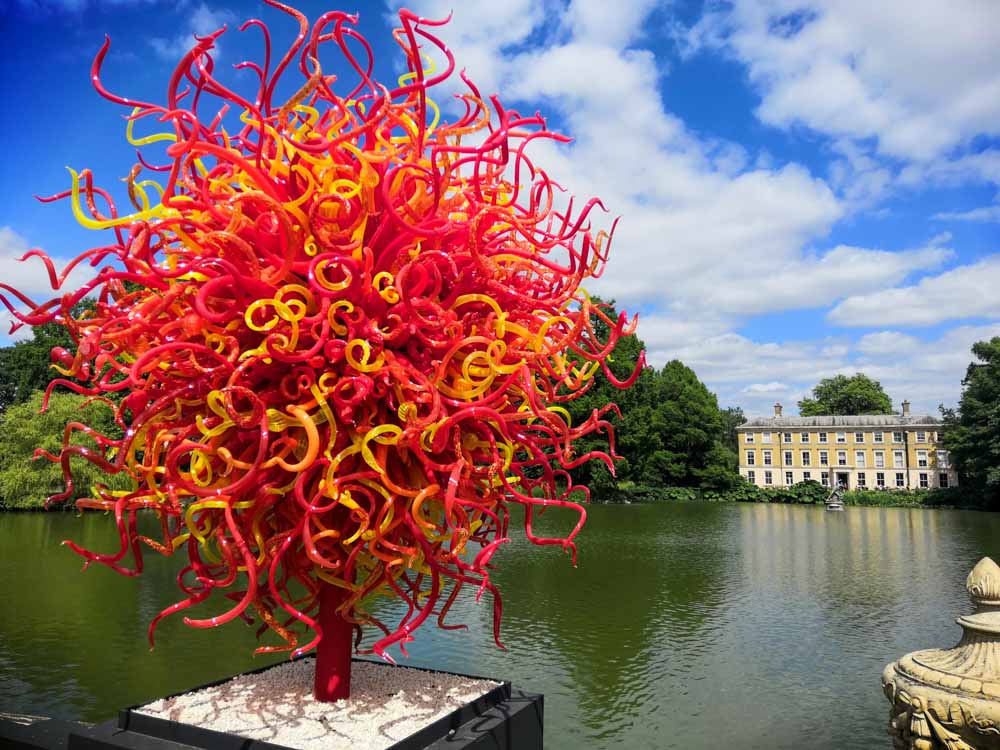
Heading Into London
Having been unceremoniously torn away from the incredible plants at Kew, it was time to get back onto the path and continue towards the great metropolis that is central London. Beyond Kew, the place names became a lot more familiar, whether from history books, television, or popular culture. Everything seemed to spark a memory or connection.
What perhaps surprised me most was that, whilst I was walking through one of the largest cities in the world, at times, it still felt like a peaceful stroll through rural countryside scenery. Parks and green spaces hide built-up areas, and in turn, allow for a more peaceful experience.
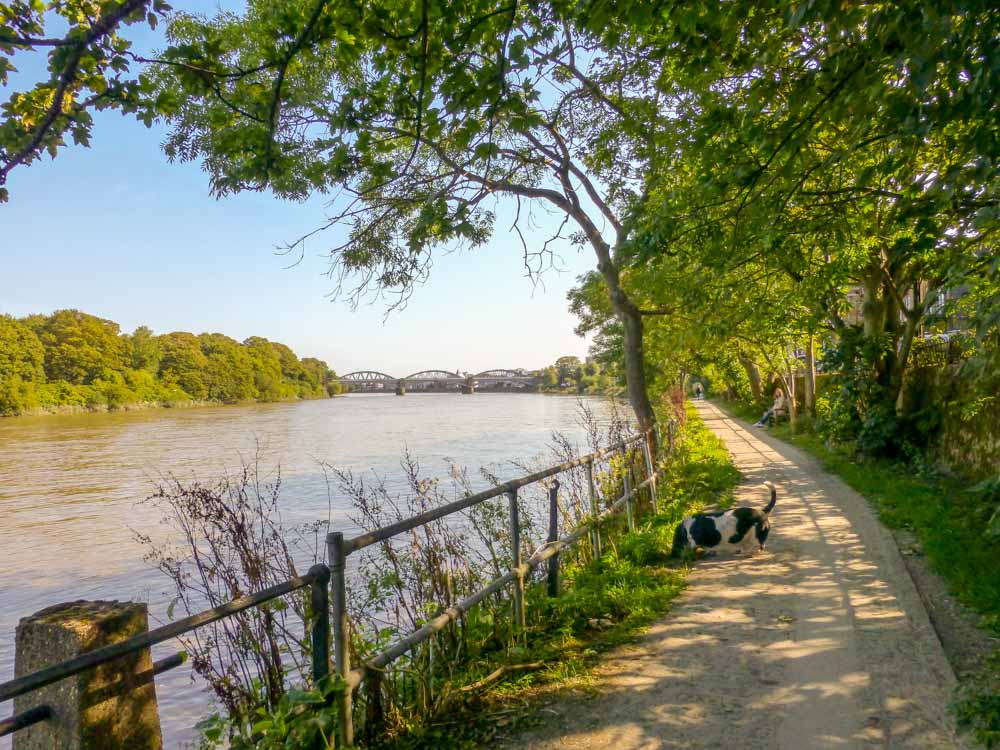
The Sights of Central London
From Battersea, it felt like every corner we turned presented yet another iconic sight. To name a few: Lambeth Palace, Westminster Abbey, Big Ben, the London Eye, St Pauls Cathedral, the Millenium Bridge, the Gherkin, the Tate Modern, Shakespeare’s Globe, the HMS Belfast, the Tower of London and Tower Bridge – all visible to Thames Path walkers!
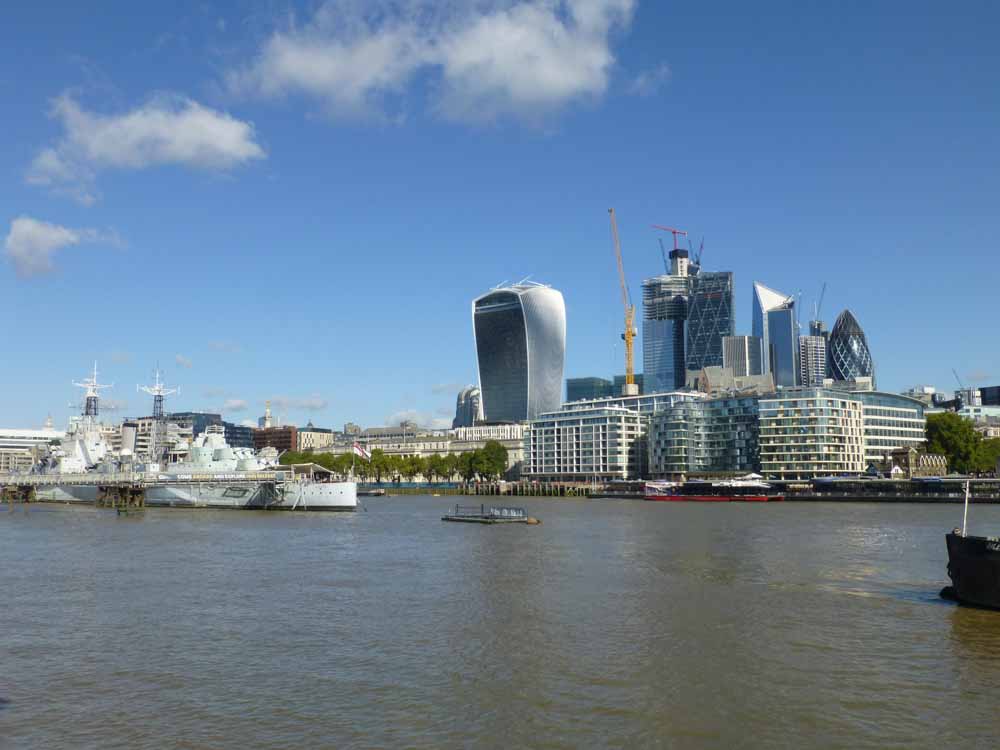
It’s hard not to be completely overwhelmed by all the sightseeing opportunities in central London, as the options feel endless. I’ve therefore picked out a few of my favourite sights on the Thames Path in London that I think are worth the visit.
The London Eye – perhaps not the best choice for someone with an aversion to heights, The London Eye offers unparalleled views of London and the River Thames. The Thames Path travels directly underneath it and journeys take 30 minutes for one full rotation.
Shakespeare’s Globe – one for theatre enthusiasts.
Tower Bridge – the 35th of London’s Bridges, Tower Bridge is perhaps London’s most iconic landmark and houses an impressive visitor experience centre which includes a glass floor allowing visitors to walk over the bridge.
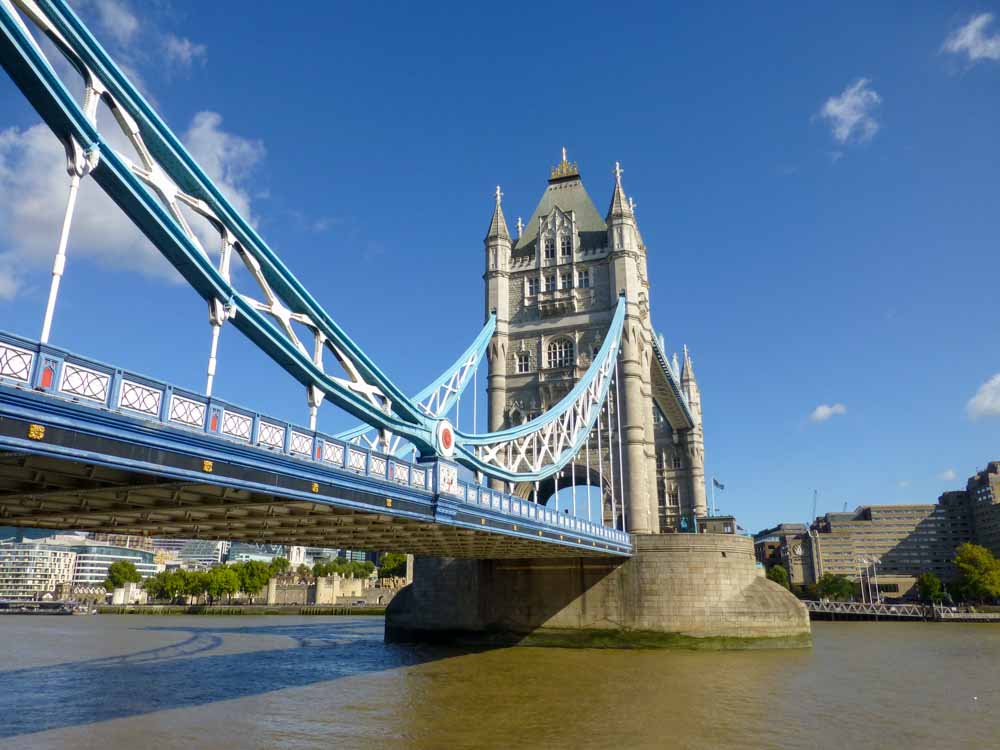
Central London is most certainly deserving of at least a few days and its own blog post, but I had to press on and reach my final destination – the Thames Barrier! Before this, however, I was in for an unexpected treat in Greenwich.
Greenwich – Maritime Marvels & the Meridian
Leaving Central London behind, the Thames Path meanders through residential areas and past some interesting boat marinas, before the impressive towers of Canary Wharf appear ahead of you, seeming to follow you on your walk along the Thames to Greenwich and beyond.
Often overlooked in favour of the glamour of London, The Royal Borough of Greenwich is a London borough famous for its maritime history. It has lent its name to the Greenwich Meridian Line and Greenwich Mean Time, and is also the permanent home of the famous British clipper ship, Cutty Sark.
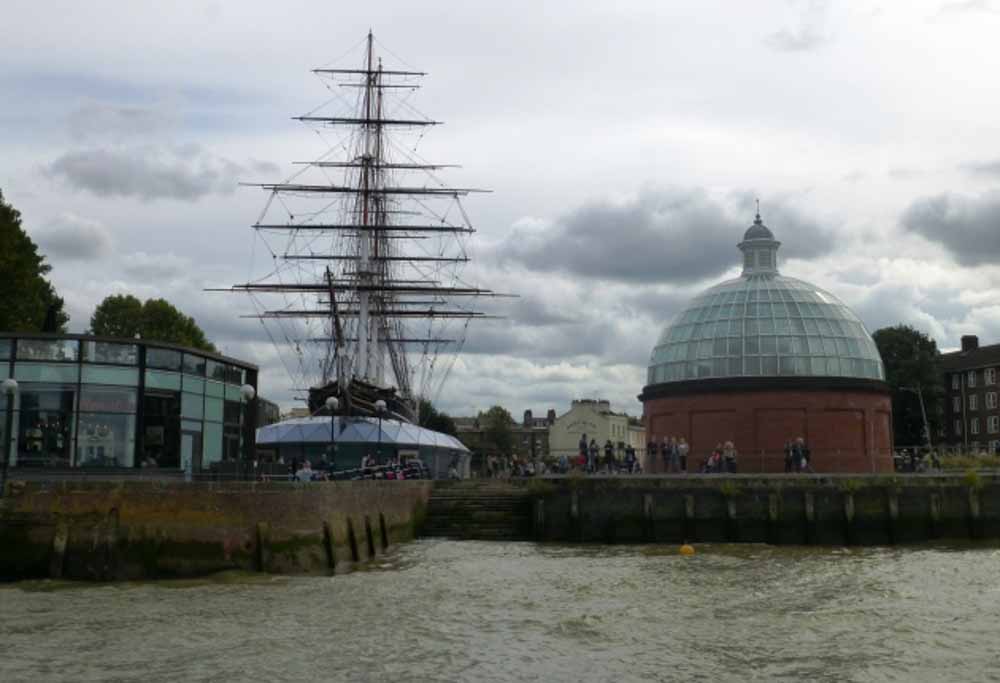
Greenwich is a UNESCO World Heritage Site and well-worth an extended visit, from the Royal Naval College to the beautiful Greenwich Observatory, there is much to see.
I enjoyed visiting the Queen’s House. Built in the 17th century for the queen of King James I, Anne of Denmark, the Queen’s House is architecturally beautiful and boasts wonderful views back towards the River Thames.
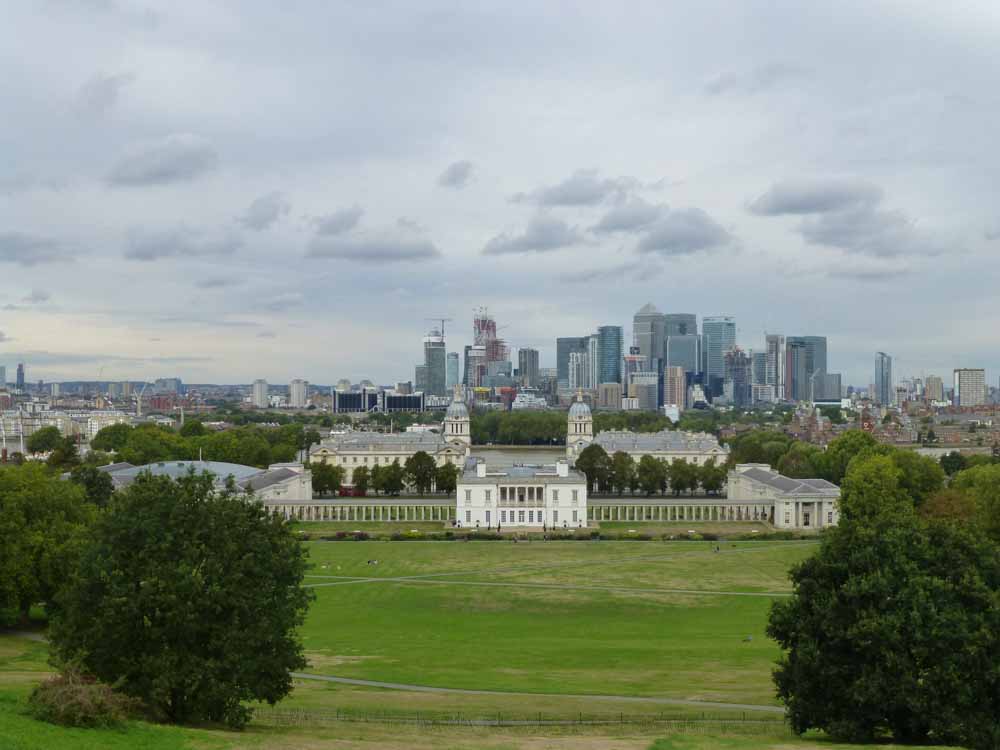
The Last Leg – to the Barrier
Departing Greenwich, my final destination – the Thames Barrier – felt tantalisingly close. But first, the path follows the river around the edge of the O2 Peninsula in North Greenwich. Eventually, the almost futuristic domes of the Thames Barrier were visible in the river ahead of me and I knew my time on the Thames Path was drawing to a close.
Reaching the Barrier provokes a great sense of achievement and the accompanying wall mural showing the Thames from source to sea provides an opportunity to reflect on your achievement.
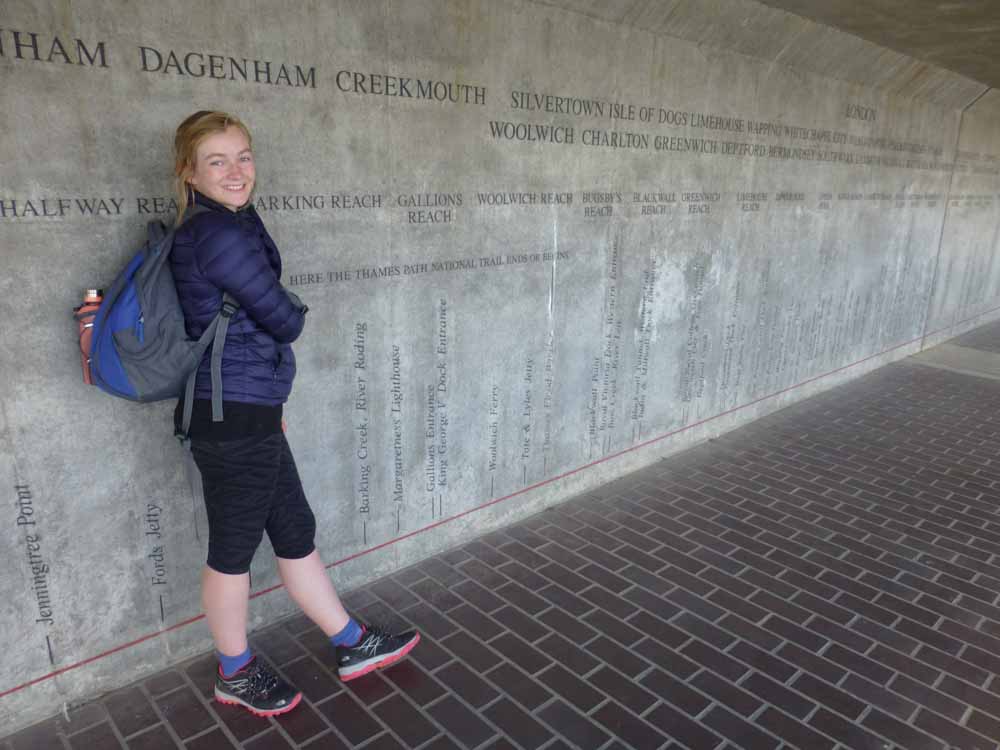
At the barrier, it is hard to imagine that the vast murky waters which stretch out in front of you are the same as those in the gentle river with willows dipping into it that you saw at the start of your adventure on the Thames Path.
By the end of my journey on the Thames Path, I felt that I had – much like the river itself – been on a journey of growth and discovery, and in doing so had seen many of areas that the Thames flows through in a new light. Walking through these locations gave me a chance to see them at a much slower pace than I would have normally, and allowed me to visit places I would never have chosen to visit myself as I simply didn’t know enough about them.
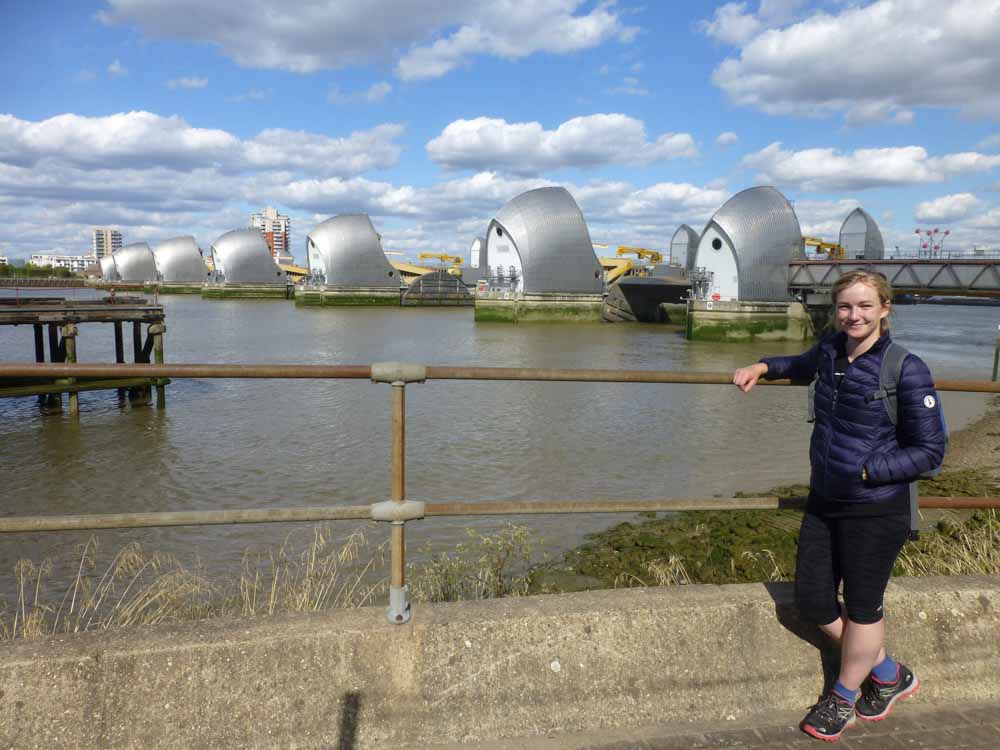
The Ultimate Way to Experience London
If this blog hasn’t yet convinced you to walk the Thames Path – East, perhaps a few logistical facts will.
Both the start and end of the Thames Path are within an hour of international airports and national railway stations which allow for easy access to the trail. Should your legs decide not to cooperate, there are reliable and regular public transport options throughout the path and also access to city bike hire services.
Additionally, you’ll never go hungry on the Thames Path. Every evening you’ll be within close proximity of some of the best restaurants that London has to offer, and in a city as diverse as London you’ll never have to try the same cuisine twice (if you don’t want to!).
Pippa Robson
P.S. Absolute Escapes offer award-winning self-guided walking holidays in the UK and Ireland. We currently offer three packages on the Thames Path – the West, Central and Eastern sections – including carefully-selected accommodation, bag transfers, guidebook/map, and everything you need to enjoy an unforgettable walking holiday on this exciting long-distance trail.
Discover the Thames Path
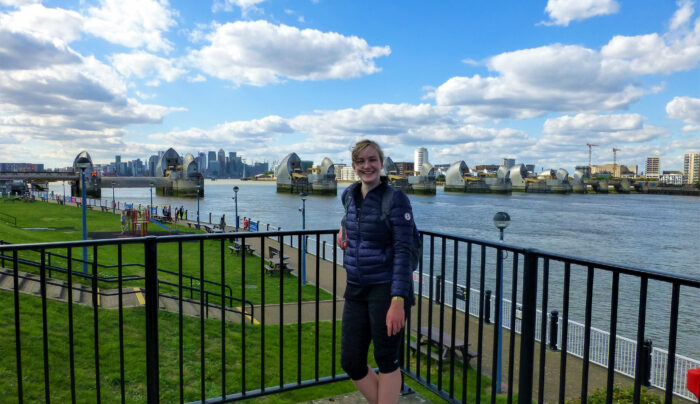
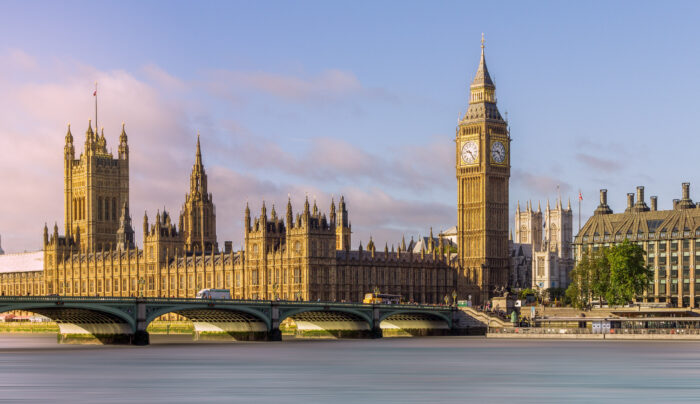
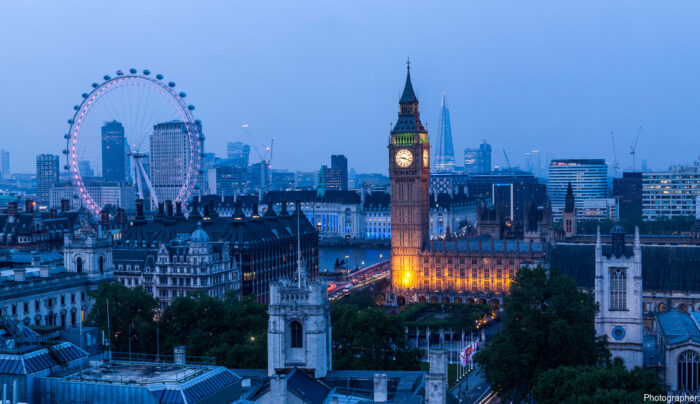
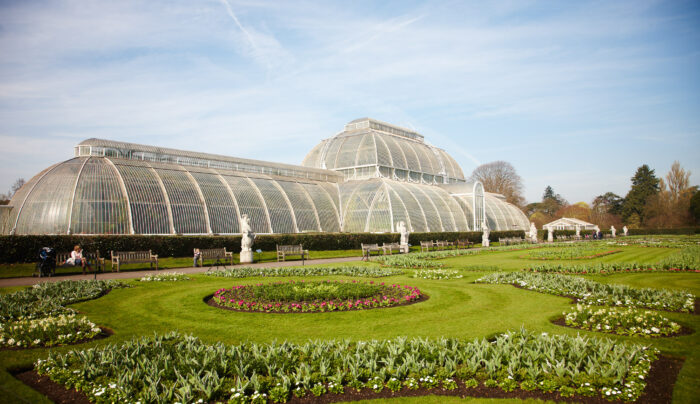
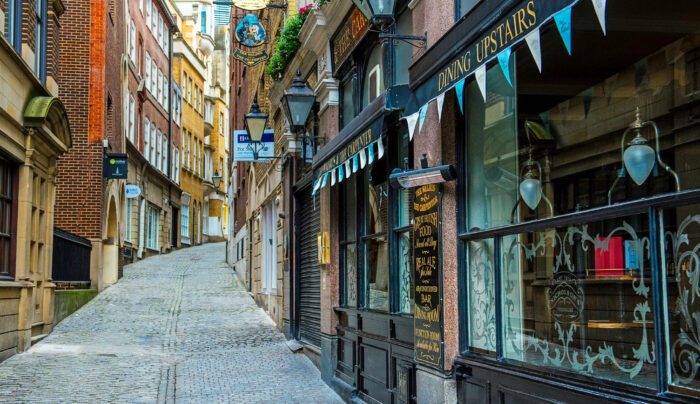
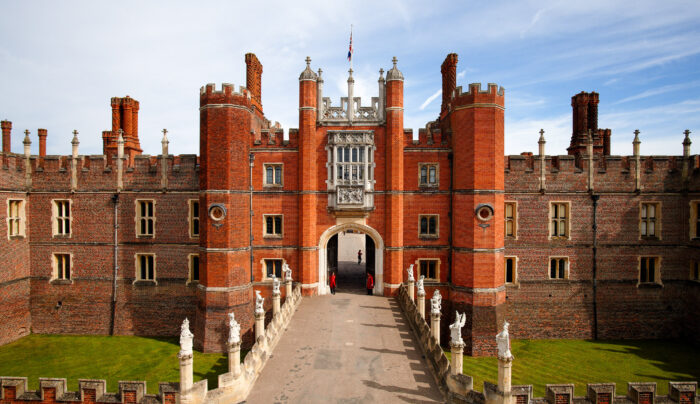
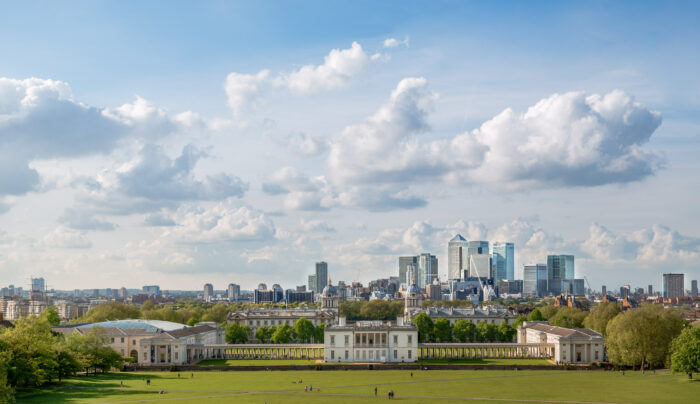
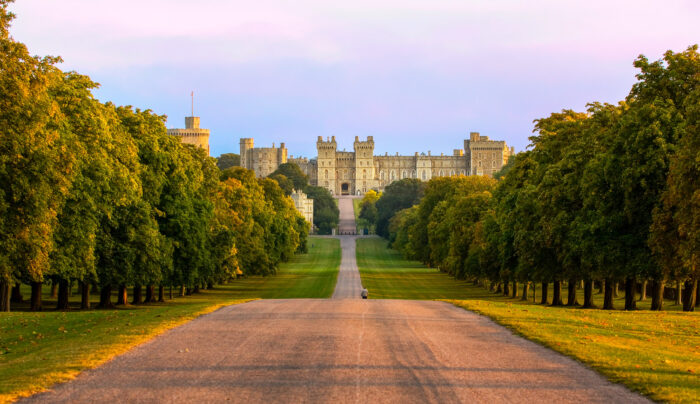
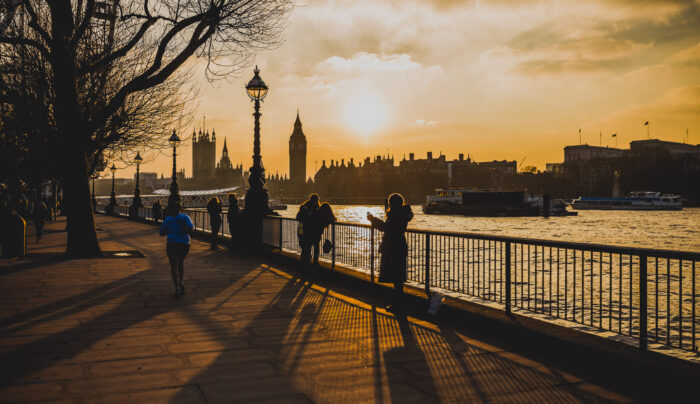
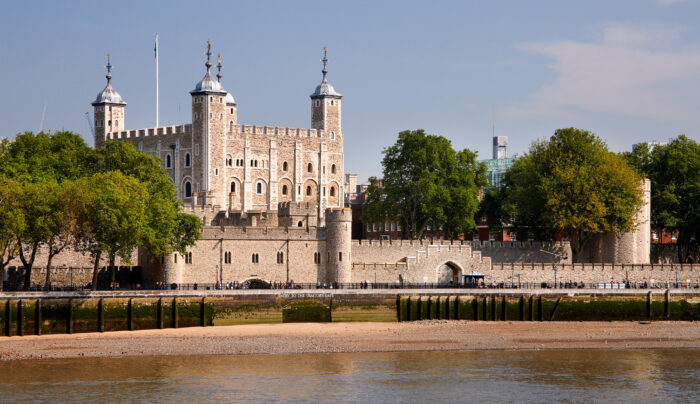
- Journey through picturesque countryside and quaint English villages
- Explore the endless attractions that London has to offer
- Experience the magnificent Windsor Castle
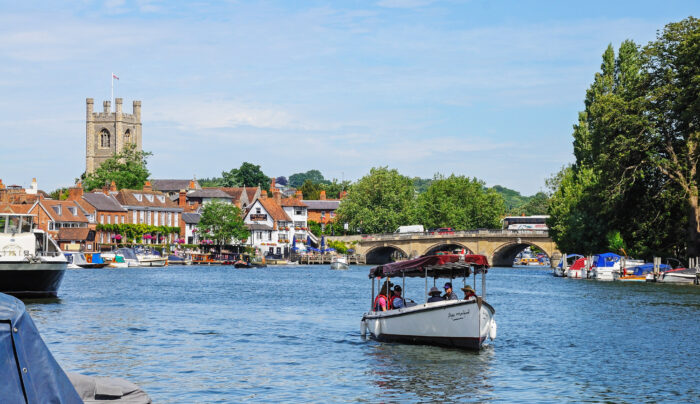
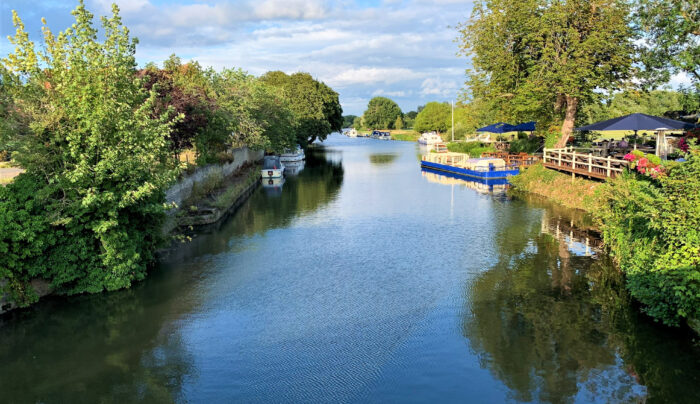
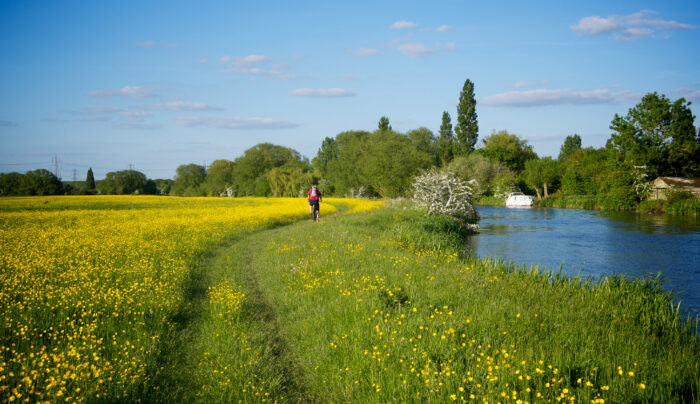
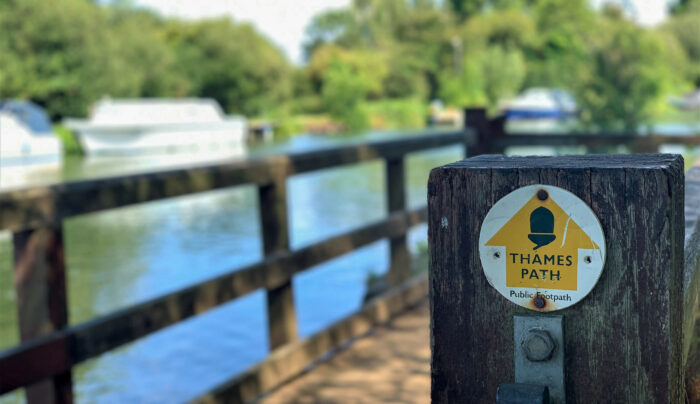
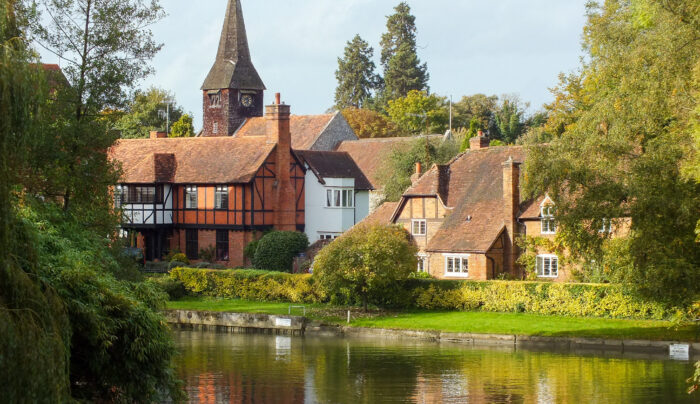
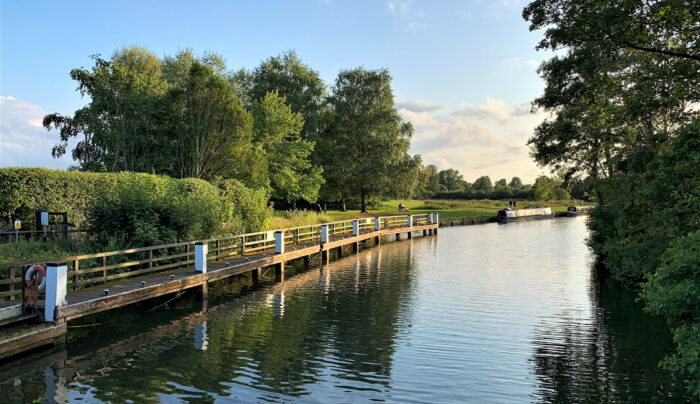
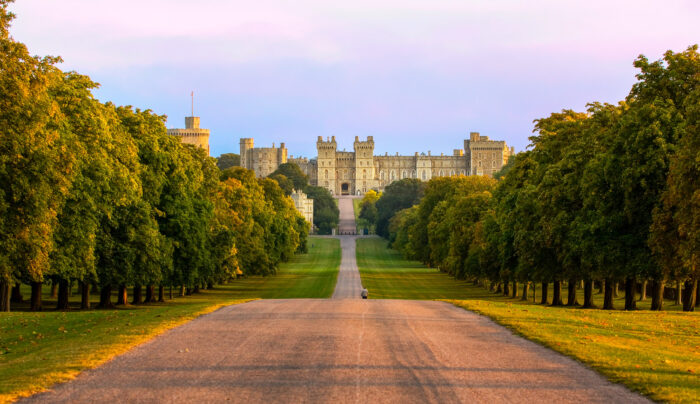
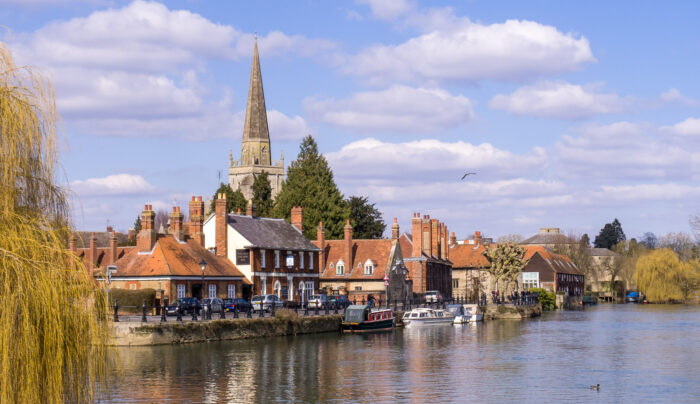
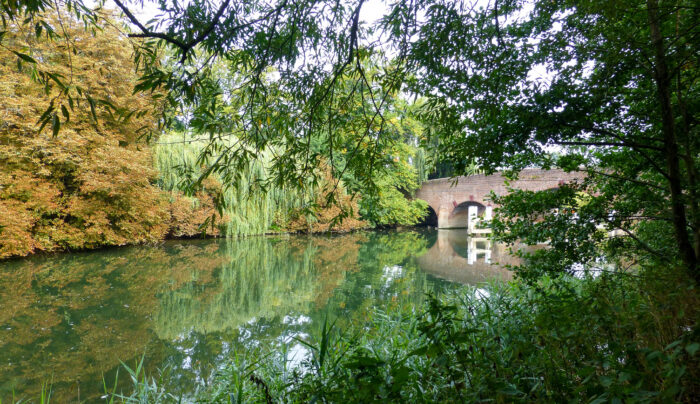
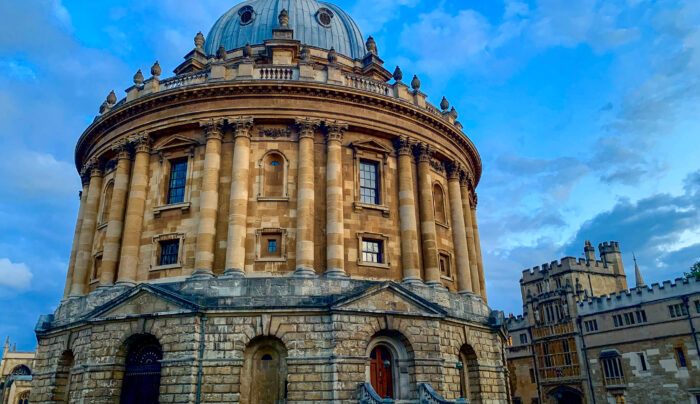
Thames Path – Central
From £1175pp
- Explore Oxford, the ‘City of Dreaming Spires’
- Visit the magnificent Windsor Castle - the largest and oldest occupied castle in the world
- Discover the lovely landscape that inspired many famous authors
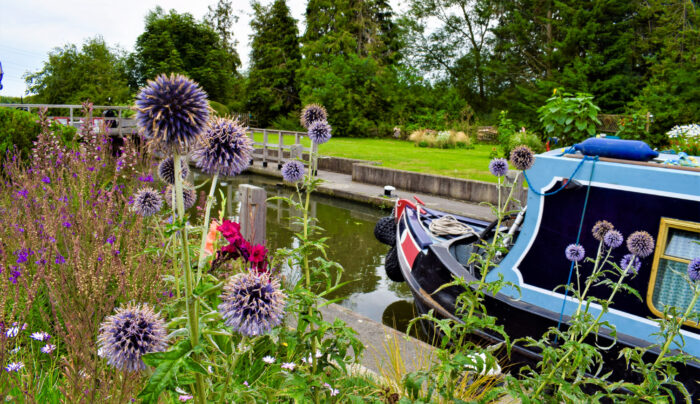
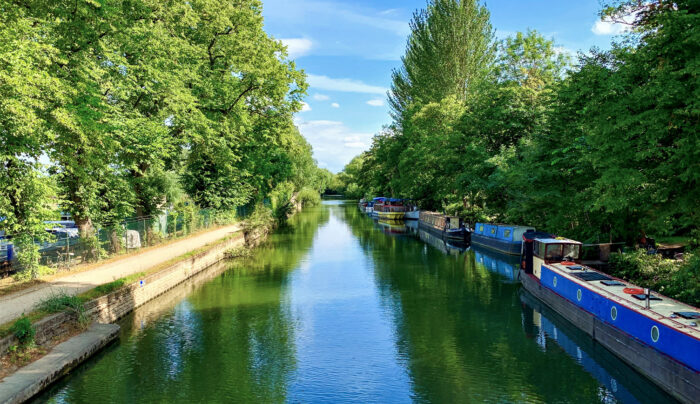
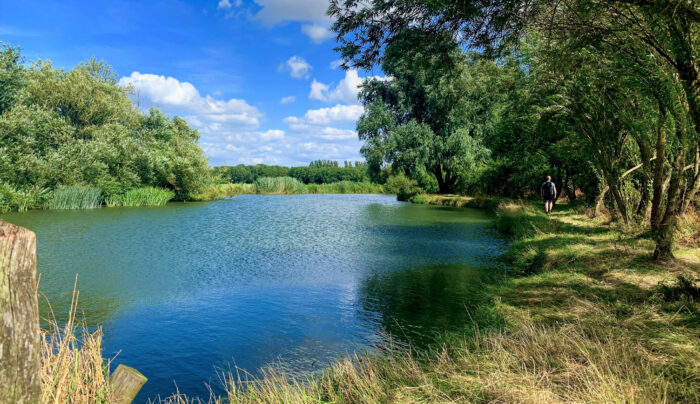
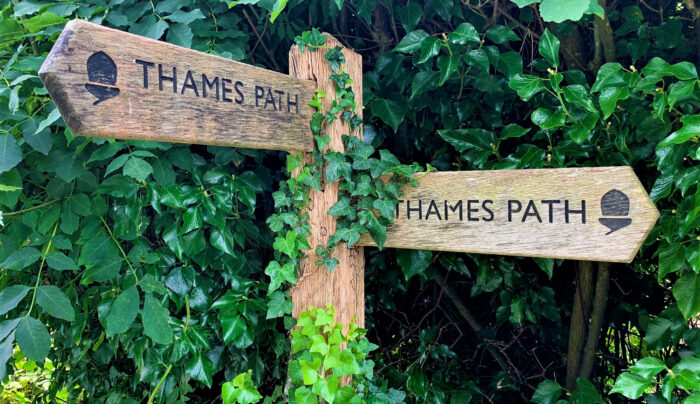
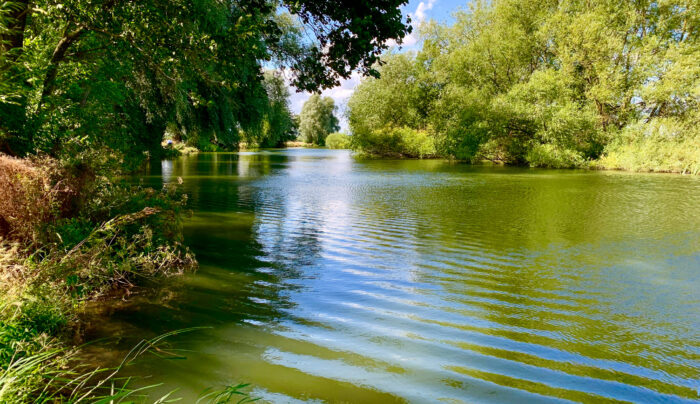
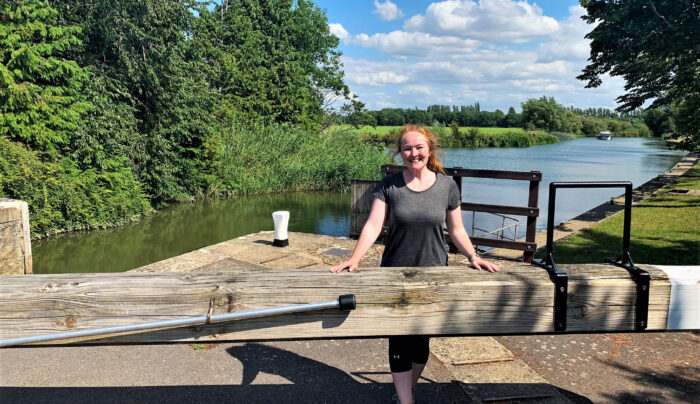
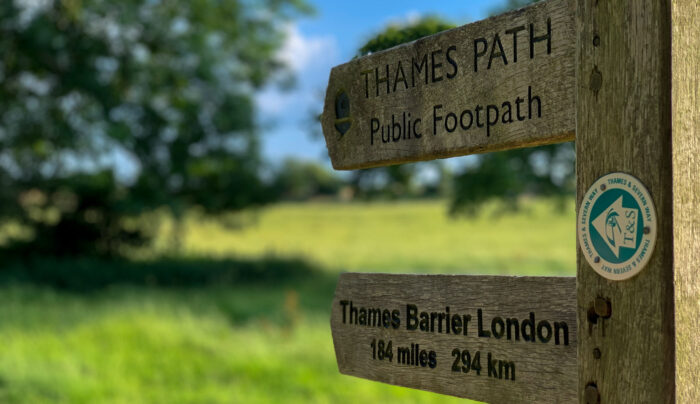
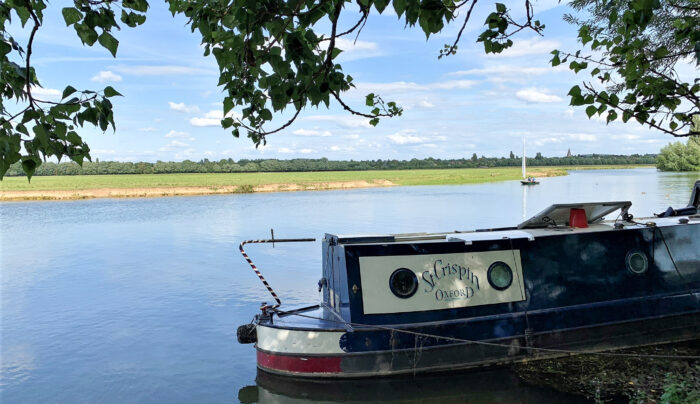
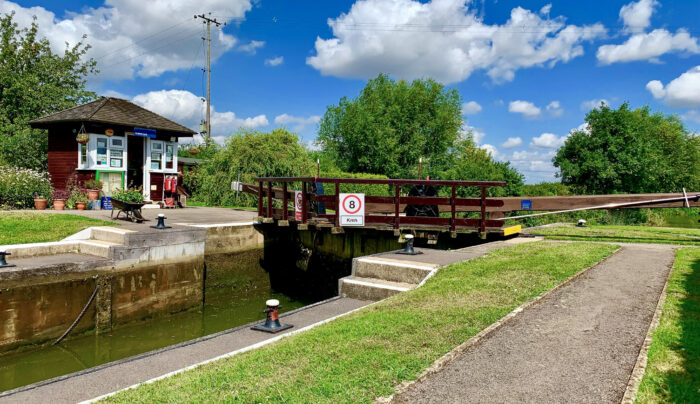
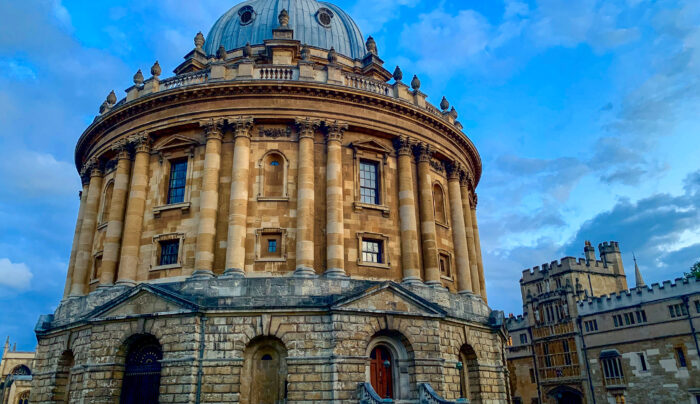
- Discover the source of the iconic River Thames located in a rural Cotswold meadow
- Meander along the tranquil riverside, across pristine country landscapes
- Finish your walk in the beautiful city of Oxford, the ‘City of Dreaming Spires’
